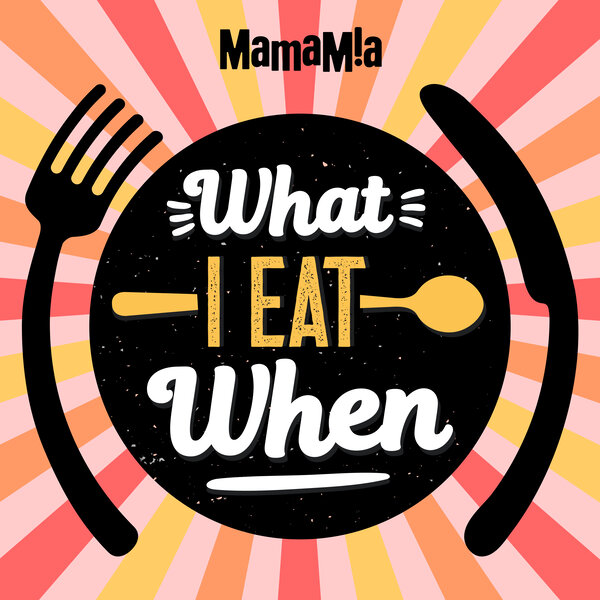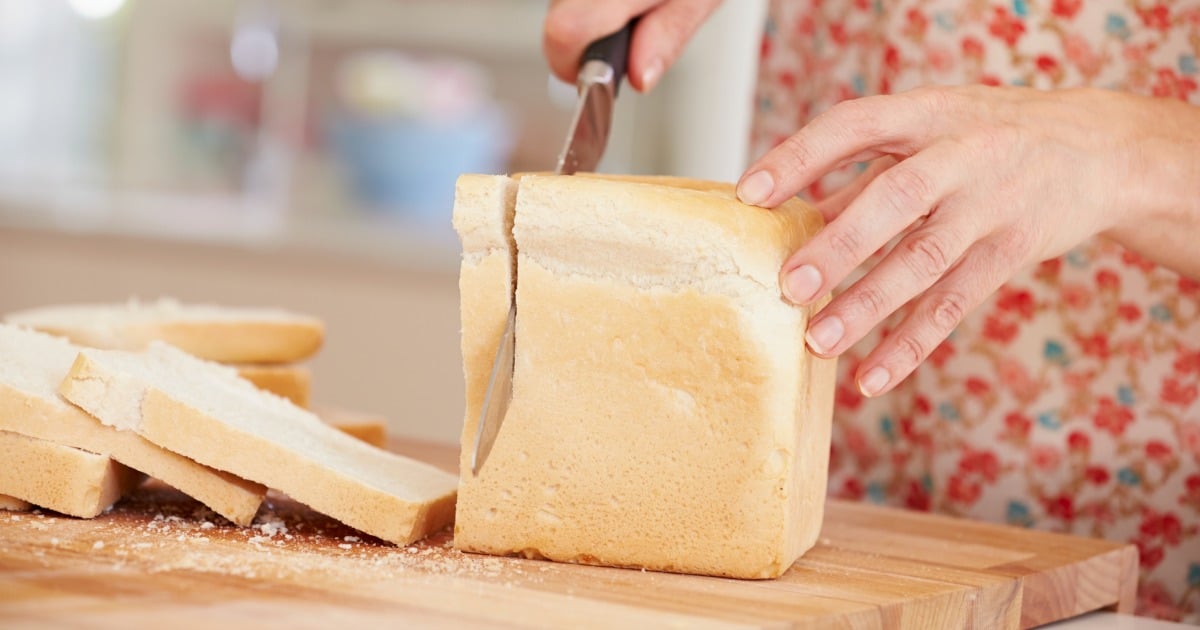These days it feels like everyone’s going gluten-free. And in fact, 30 per cent of us are reducing the amount of gluten in our diets, according to Coeliac Australia. That’s a huge number considering only 1 in 70 people have coeliac disease.
The high number of us going gluten-free can largely be pinned down to the rise in lifestyle-altering diets such as paleo and the growing use of the term “clean-eating”.
Somewhere along the line, ‘gluten-free’ became synonymous with ‘healthy’. Dietitian Caroline Trickey says that’s a problem, because gluten-free foods can often be the opposite.
Listen: 1 in 6 people are ACTUALLY gluten free. Some are pretending. Post continues after audio.
“Many gluten-free products contain ingredients that are high GI and have empty calories,” the culinary nutritionist for gluten-free company The Food Crafters and Healthy Home Cafe says.
“Shoppers need to look closely at the labels on their food and determine the nutritional integrity of a product before adding it to the trolley.”
There are some healthy gluten-free foods out there of course. You just need to know what to look for next time you’re in the gluten-free aisle. To help, Trickey shares her tips for getting to the check-out with a healthy basket.
Know your calories and kilojules.
Trickey explains the term ’empty calorie’ means a food offers you (usually a lot of) energy, ie, kilojules or calories, for very little nutrition in return. So a gluten-free muffin might be packed with sugar and totally absent in complex carbs that are going to keep you fuller for longer.






























































































